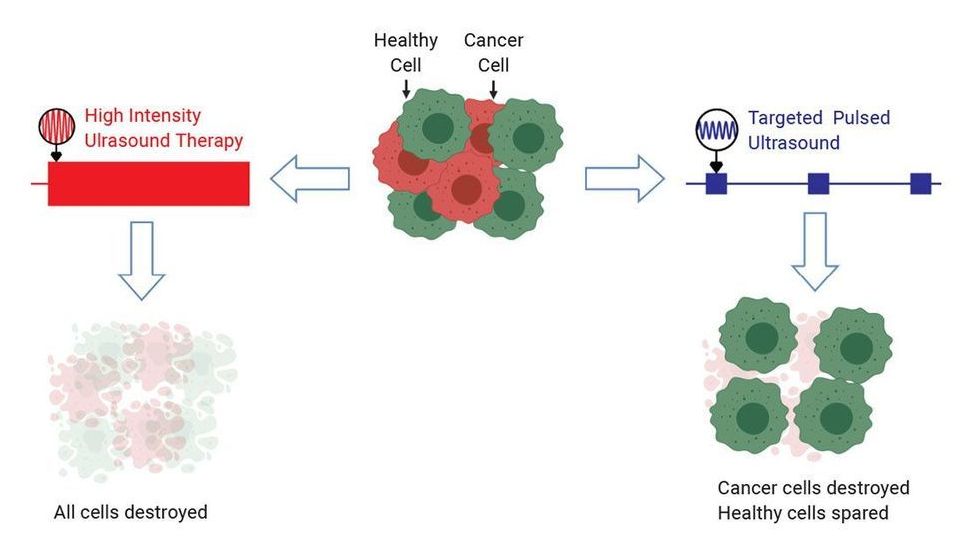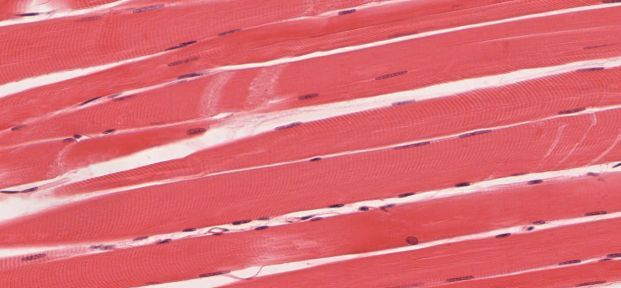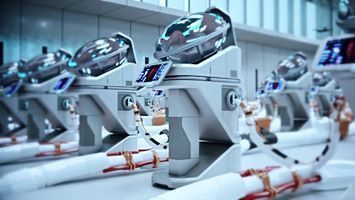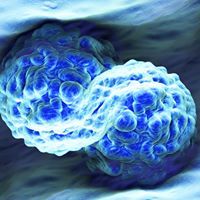Jan 12, 2020
Ultrasound selectively damages cancer cells when tuned to correct frequencies
Posted by Quinn Sena in category: biotech/medical
Doctors have used focused ultrasound to destroy tumors without invasive surgery for some time. However, the therapeutic ultrasound used in clinics today indiscriminately damages cancer and healthy cells alike.
Most forms of ultrasound-based therapies either use high-intensity beams to heat and destroy cells or special contrast agents that are injected prior to ultrasound, which can shatter nearby cells. Heat can harm healthy cells as well as cancer cells, and contrast agents only work for a minority of tumors.
Researchers at the California Institute of Technology and City of Hope Beckman Research Institute have developed a low-intensity ultrasound approach that exploits the unique physical and structural properties of tumor cells to target them and provide a more selective, safer option. By scaling down the intensity and carefully tuning the frequency to match the target cells, the group was able to break apart several types of cancer cells without harming healthy blood cells.

















